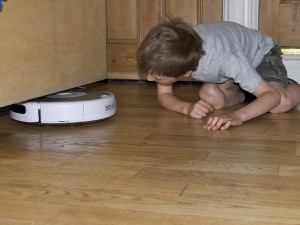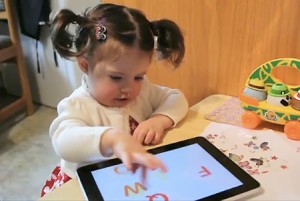 Standard thinking is that technology has made our lives easier, that it takes care of communication for us, that we can broadcast our messages on multiple platforms from one place. That is not altogether accurate.
Standard thinking is that technology has made our lives easier, that it takes care of communication for us, that we can broadcast our messages on multiple platforms from one place. That is not altogether accurate.
Technology is a gateway to communication, it is the oxygen of our net generation, that much is true, and allows us to reach people plus gather and share ideas like never before. In fact crowdsourcing is still hugely under-utilised in my book. But technology has lowered the barriers to entry, it allows more companies to compete regardless of size, and more people apply for the same jobs. Add to the mix the recovery in the markets and we now have to work even harder to stand out from the crowd.
When you look at LinkedIn, you are one in 300 million potential job seekers. One executive search agency said recently they receive up to 200 emails from job seekers each day. The agency continued to say if an email comes in with a straightforward CV attached, they are unlikely to even look at it. So what impresses?
Handwritten notes, an individual who clearly has undertaken vast amounts of research and a unique characteristic, personal interest or achievement is what it takes.
Technology has made life easier in many ways, but it is harder to differentiate. What are you doing to stand out?






